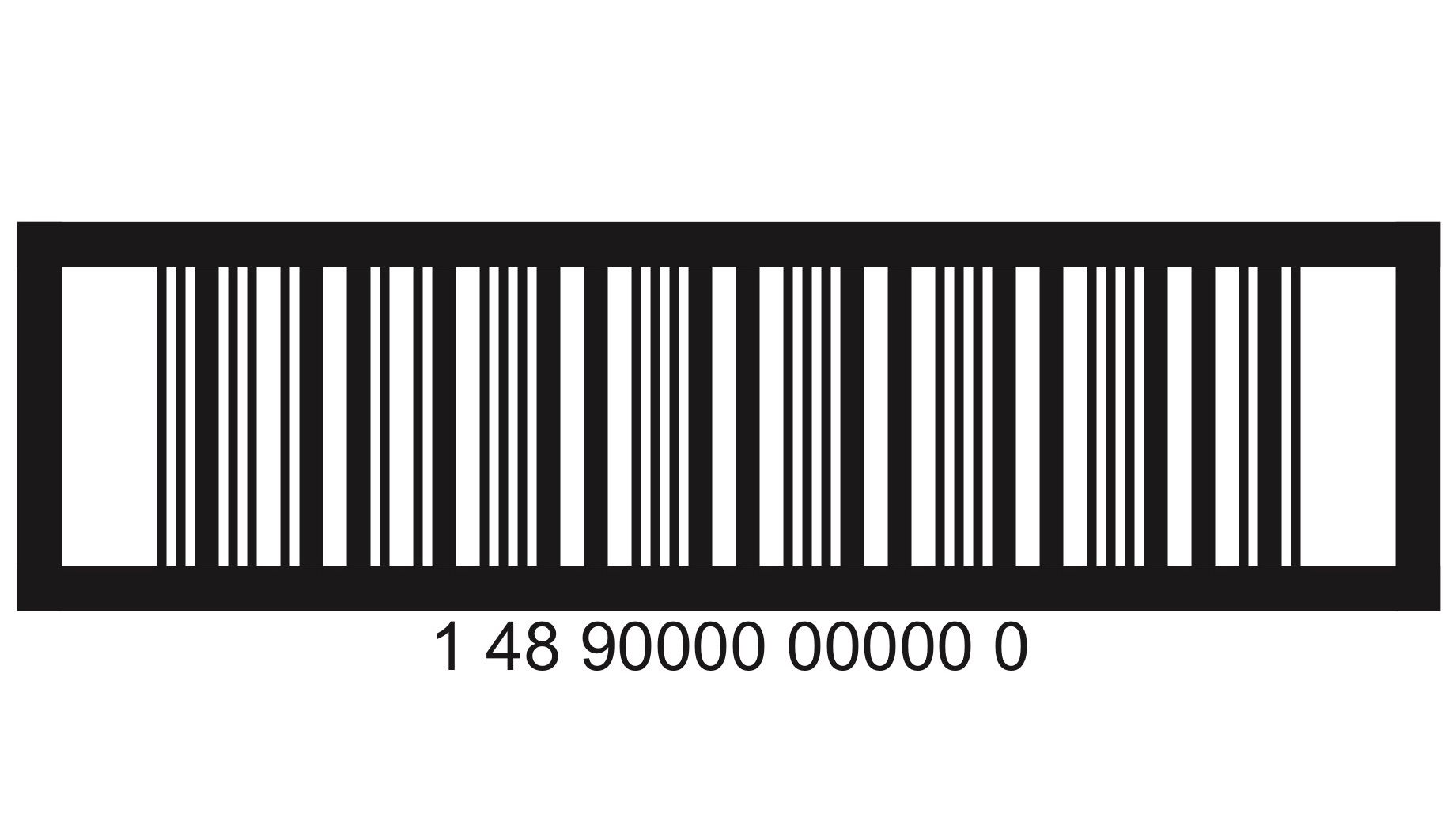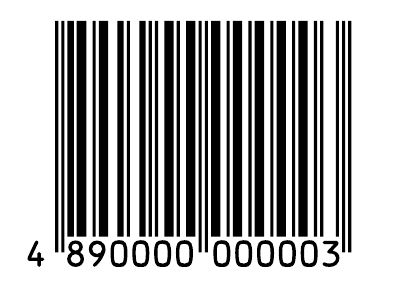How to generate an EAN-14 barcode (DUN-14/GTIN-14) from an EAN-13 barcode
What is EAN-14 (DUN-14/GTIN-14)?
An EAN-14 barcode (DUN-14/GTIN-14) is necessarily subordinate to the EAN-13 barcode or other barcodes, since this is not strictly a barcode. To know how to obtain an EAN-14 barcode (DUN-14/GTIN-14) from an EAN-13, it is best to know exactly what the elements that make up this question are.
Therefore, before explaining how to generate the EAN-14 (DUN-14/GTIN-14), we are going to dwell on what an EAN-14 (DUN-14/GTIN-14) is and what an EAN-13 is. If you already know these concepts, you can jump directly to the last question of the post.
What does EAN-14 (DUN-14/GTIN-14) mean?

An EAN-14 (DUN-14/GTIN-14) is a number system used for content distribution. In fact, the very acronym of the name, DUN, stands for Distribution Unit Number, that is, 'distribution unit number'.
Although EAN-14 (DUN-14/GTIN-14) is not exactly a barcode in the sense that it will not be used in retail, it does use the symbology of other barcodes. Specifically, you can use both the ITF-14 and the EAN-14.
Companies always use the EAN-14 and, therefore, it is the most common today. This does not mean that the ITF-14 is no longer used, simply that it will be more difficult to find the use of this barcode.
What is the EAN-13?

The EAN-13 is a barcode that contains the essential information of the product it labels. The barcode is one of the most popular and recognizable in the world, although its use is more important in Europe.
EAN-13 is the European equivalent to the North American UPC-A barcode. In fact, the European barcode is used both inside and outside Europe, one of the places where it has not been implemented has been the US, and Canada.
In any case, although we still refer to this barcode as the EAN-13 (European Article Number), it is technically called the International Article Number, largely because it is no longer used only in Europe.
It is also a very secure barcode thanks to its control digit, which ensures the correct reading of the barcode, both by means of the laser reader and with the manual registration of the digits.
What elements does the EAN-13 include?
The EAN-13 barcode includes a good amount of information in its digits. The first digits identify the country of origin thanks to the GS1 prefixes provided by the GS1 central.
The following digits identify the manufacturing company, whose number is provided by the GS1 Hong Kong.
The last digits are related to the identification of the specific product that carries this barcode, thus completing the twelve digits that contain information. This number can come thanks to an industrial agreement, or by choice of the product manufacturer.
Finally, the check digit remains. This is achieved thanks to a specific algorithm that uses the twelve previous digits in order to obtain a specific number that ensures the validity of the barcode, and thus the EAN-13 barcode can be entered manually without risk of error.
How to generate an EAN-14 (DUN-14/GTIN-14) from an EAN-13?
To generate the EAN-14 barcode number (DUN-14/GTIN-14) it is first necessary to know the number of units that will be in the container to be labelled. The first digit represents the order of the shipping grouping.
The next 12 digits represent the product contained, and is generally the EAN-13 number without the check digit. This is why the EAN-14 number (DUN-14/GTIN-14) is generated from the EAN-13, since the best way to provide all the necessary amount of information is by repeating that of the product.
Finally, you must calculate the new check digit. Once generated, either by calculating manually or using some of the tools available on the Internet to calculate it automatically.
As you can see, generating the EAN-14 number (DUN-14/GTIN-14) from an EAN-13 is a relatively simple process, since it can be done manually without much trouble, they only need to perform calculations for the check digit.